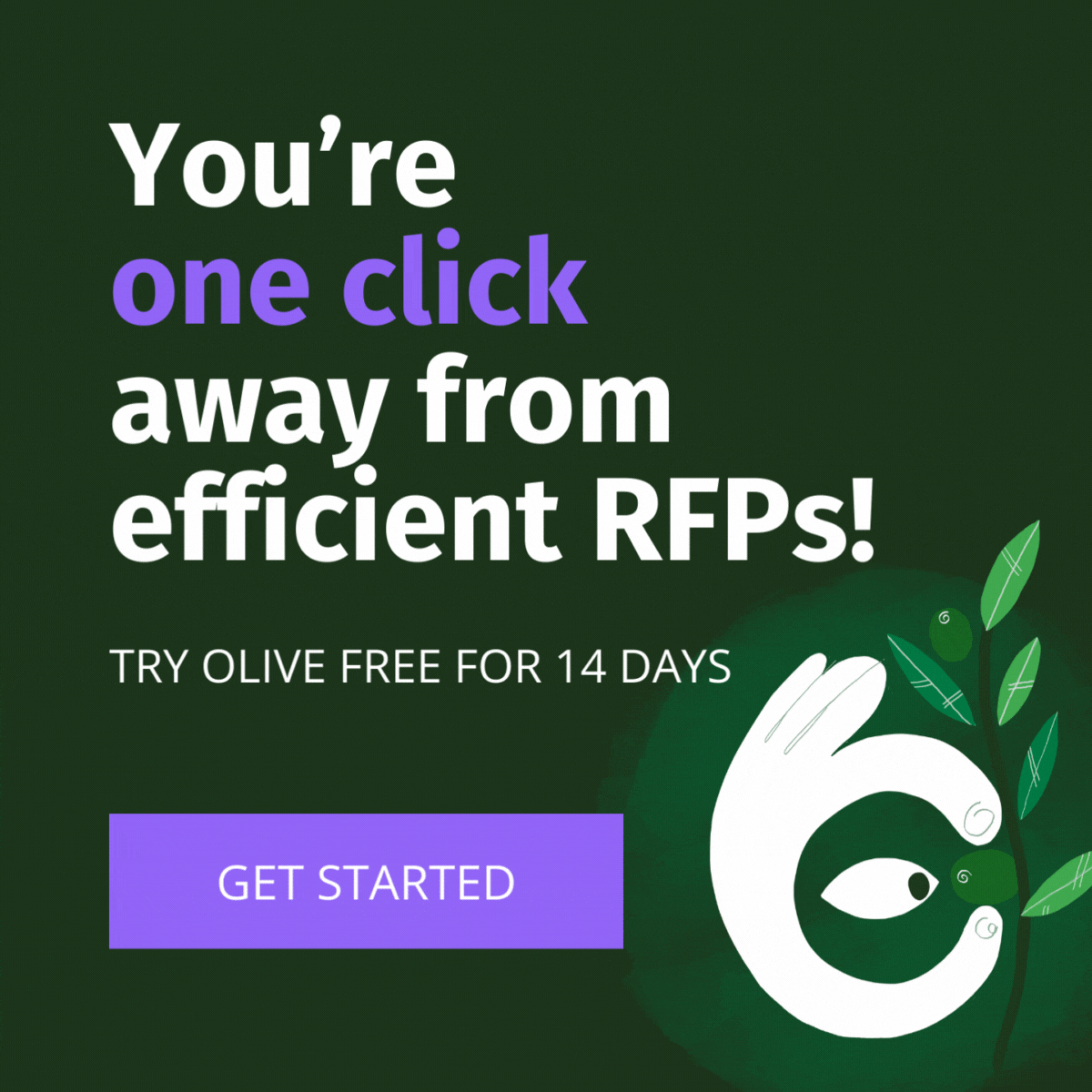Olive was conceptualized as an evaluation platform to combat the bias that plagues enterprise technology purchasing. Over time, it has grown into an agile tool that enables IT teams to streamline and optimize their IT spend, but the initial goal of removing bias has remained intact.
There are numerous IT analyst firms out there, and many of them derive revenue from both the buyer and the seller. These firms put out regular reports that greatly influence IT purchase decisions around the globe. They target uninformed buyers, and tout the most expensive solutions, from the vendors with the deepest pockets, as ‘best in show.’
Some of the biggest software companies will pay hundreds of millions of dollars a year to IT analysts. The top firms will never release information as to who pays them, but they will insist that the mystery payments don’t influence how they report on vendors. One must wonder, what do vendors get out of it, if not biased, favourable reporting?
Many IT professionals seem to echo the same story; that C-suite executives rely heavily on these biased analyst reports when making purchasing decisions. Why would a CIO want to risk their job purchasing expensive tech that may likely be a complete mismatch for their unique business needs? Reports show that only 5% of digital transformations meet or exceed expectations. One must conclude that executive reliance on biased analyst reports must be contributing, at least in part, to the trillions of dollars in wasted IT spend.
So, is there a way that these reports can be used effectively? Cross-referencing a variety of IT analyst sources to build lists of relevant vendors can indeed be useful. However, it must be understood that the overall solution rankings are irrelevant until each solution has been evaluated against your specific business needs. Furthermore, many great startups aren’t featured on any analyst reports (often because they can’t afford to ‘pay-to-play’), so you must look beyond the reports, to ensure that you’re considering all of your relevant options.
So how does Olive avoid the same bias that comes with working with the IT analyst firms? After all, we work with buyers, sellers, and consultants, just like they do. The biggest fundamental difference is that we don’t take any money from vendors, and we don’t influence the buyers purchasing decisions in any way. Data drives the results. The solutions that match your unique business needs will push their way to the top organically, creating a shortlist of ‘best fit’ vendors.
So, what if your executive team wants to buy a solution that is ‘top ranked’ by one of the leading analyst firms, but Olive shows that they aren’t a good fit for your business? At the end of your evaluation, you’ll have rich data on every solution in the project (often 50 or more), and your stakeholders and executives will see which solutions are a possible match. If an executive chooses to override the data, and move forward with a vendor who is clearly not a fit, the onus is on them, alone.
Olive continues to be a platform that demands transparency. This is a huge point of pride for our team, and the reason that our founders set out to build this software.





